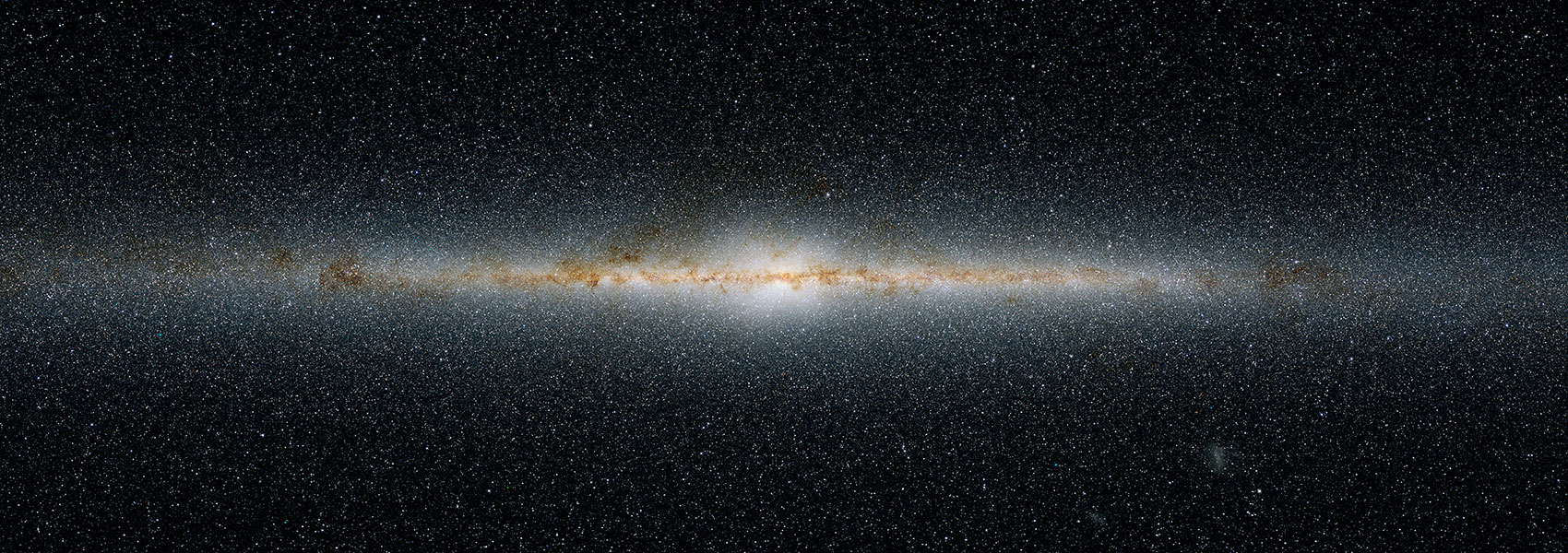December
2021
•
2021ApJ...923...83B
Authors
•
Bolatto, Alberto D.
•
Leroy, Adam K.
•
Levy, Rebecca C.
•
Meier, David S.
•
Mills, Elisabeth A. C.
•
Thompson, Todd A.
•
Emig, Kimberly L.
•
Veilleux, Sylvain
•
Ott, Jürgen
•
Gorski, Mark
•
Walter, Fabian
•
Lopez, Laura A.
•
Lenkić, Laura
Abstract
•
We present the ALMA detection of molecular outflowing gas in the central regions of NGC 4945, one of the nearest starbursts and also one of the nearest hosts of an active galactic nucleus (AGN). We detect four outflow plumes in CO J = 3 - 2 at ~0.″3 resolution that appear to correspond to molecular gas located near the edges of the known ionized outflow cone and its (unobserved) counterpart behind the disk. The fastest and brightest of these plumes has emission reaching observed line-of-sight projected velocities of over 450 km s-1 beyond systemic, equivalent to an estimated physical outflow velocity v ≳ 600 km s-1 for the fastest emission. Most of these plumes have corresponding emission in HCN or HCO+ J = 4 - 3. We discuss a kinematic model for the outflow emission where the molecular gas has the geometry of the ionized gas cone and shares the rotation velocity of the galaxy when ejected. We use this model to explain the velocities we observe, constrain the physical speed of the ejected material, and account for the fraction of outflowing gas that is not detected due to confusion with the galaxy disk. We estimate a total molecular mass outflow rate ${\dot{M}}_{\mathrm{mol}}\sim 20$ M ⊙ yr-1 flowing through a surface within 100 pc of the disk midplane, likely driven by a combination of the central starburst and AGN.
Links



